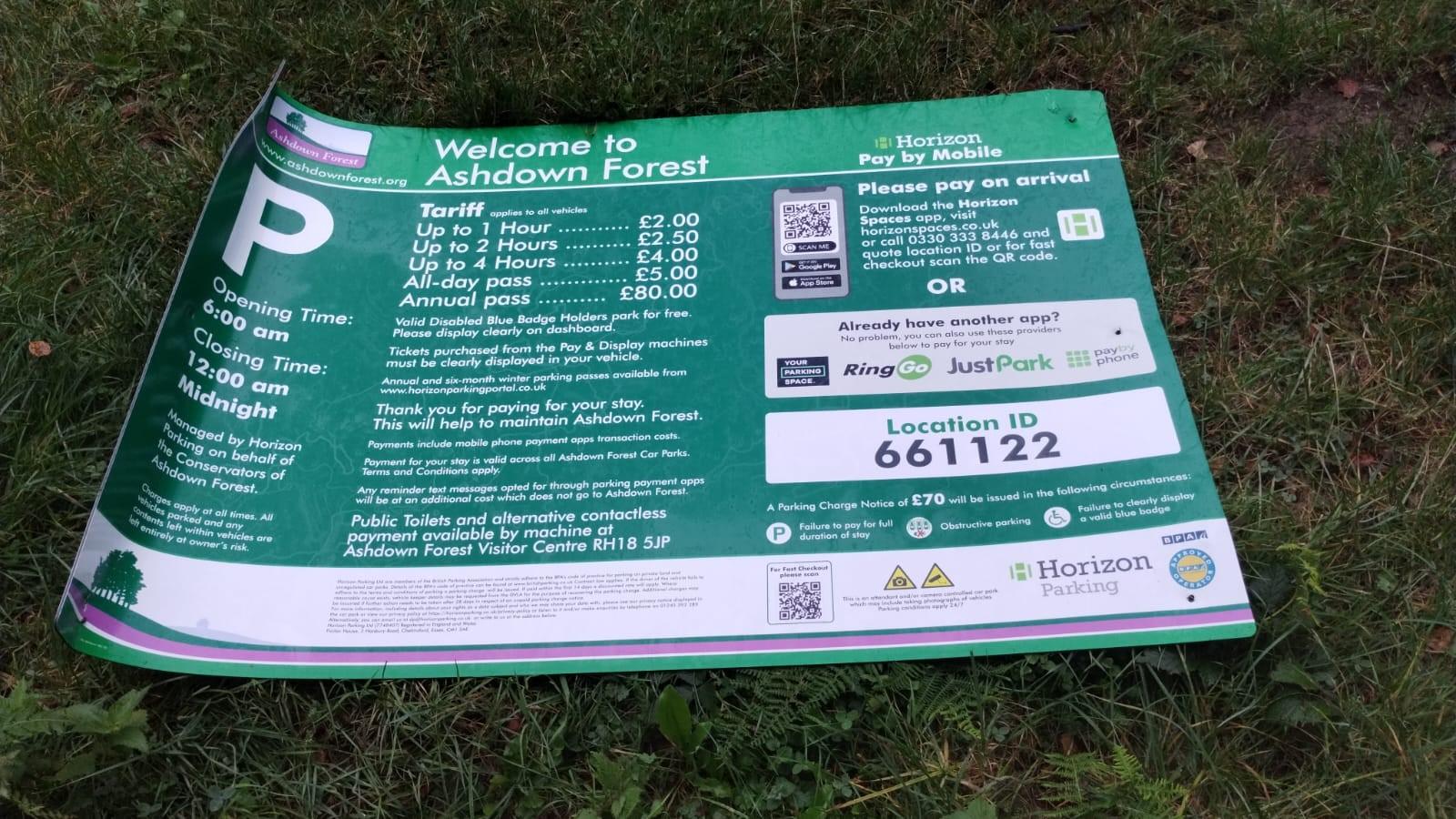Forest rangers warn of dogs risk in lambing season
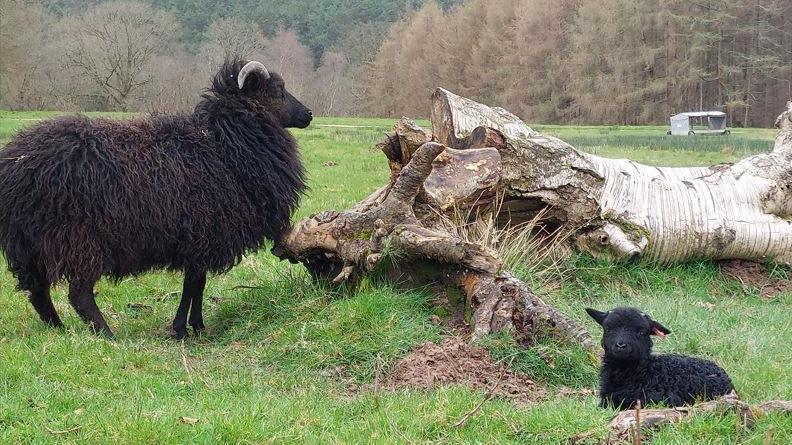
Rangers have warned about the impact of out-of-control dogs during lambing season
- Published
Ashdown Forest rangers have warned dog owners to follow the countryside code while its Hebridean sheep are in lambing season.
The ancient rare breed is kept at the High Weald Area of Outstanding Natural Beauty (AONB) to help control coarse grasses and break up dense vegetation.
Rangers have warned about the impact of out-of-control dogs after the forest has already welcomed early lambs.
It comes after a deer, which was killed in a dog attack, was found in the same field as pregnant Hebridean ewes last month.
Originally from the Scottish Hebrides, the breed is hardy and able to thrive on rough grazing.
Ashdown countryside manager Ash Walmsley said this, combined with "good mothering instincts", meant the lambing season had arrived early despite recent cold and wet weather.
But dog attacks have become a growing concern for rangers, with multiple cases recorded against sheep each year.
Stress has also been linked to miscarriages and stillbirths within sheep.
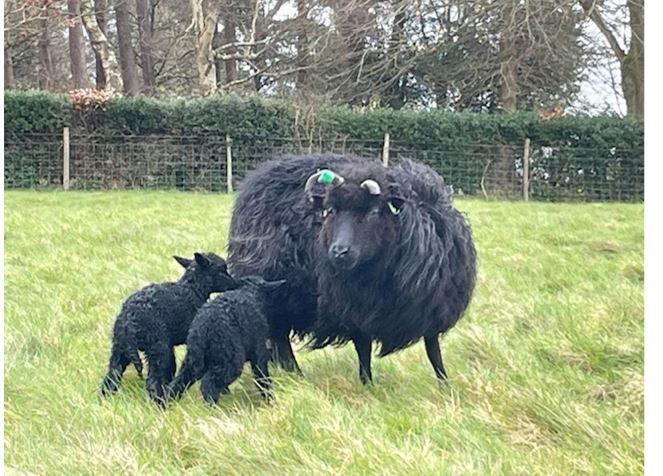
The Hebridean sheep is one of seven native primitive breeds
Kari Dunbar, lead warden at the AONB, said: "Owners who allow their dogs to follow their natural hunting instincts... in the countryside when it is not appropriate are posing a risk to livestock and wildlife.
"Due to its richness of wildlife, Ashdown Forest can be particularly exciting for dogs – many of whom are very responsive to their owners elsewhere but find it difficult to concentrate here."
Rangers are appealing for owners to follow the countryside code, which stipulates that owners should keep dogs on a lead or in sight.
They must also put dogs on a lead around livestock on open access land.
Following the attack on a deer, Ashdown Forest said it had reported several incidents of a "large dark brown Labrador" chasing livestock on land next to the forest.
Related topics
- Published8 January 2024
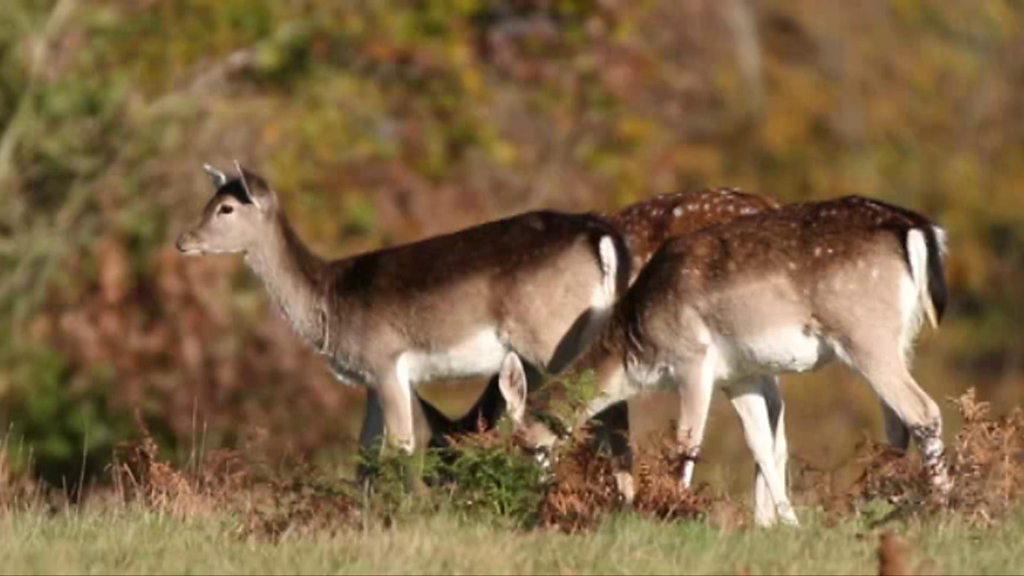
- Published12 January 2024
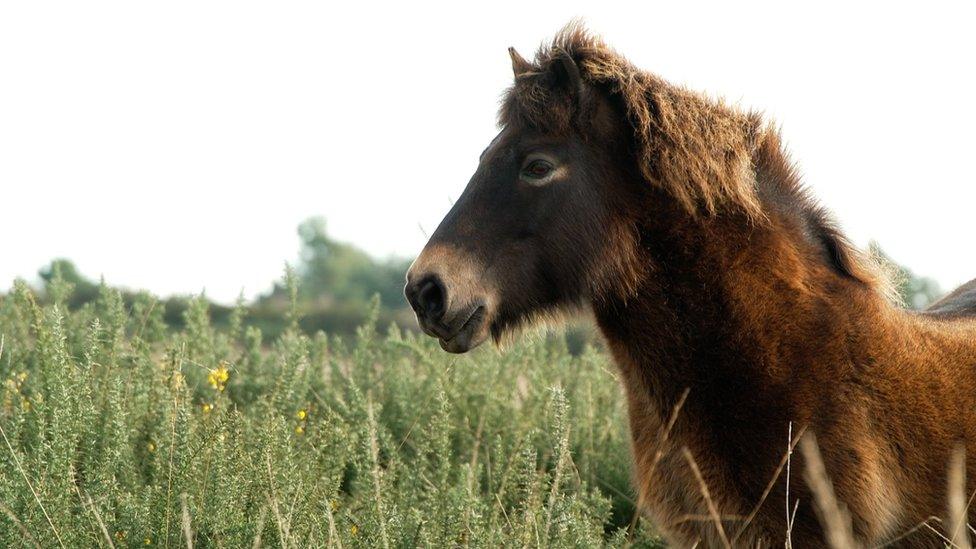
- Published17 October 2023
